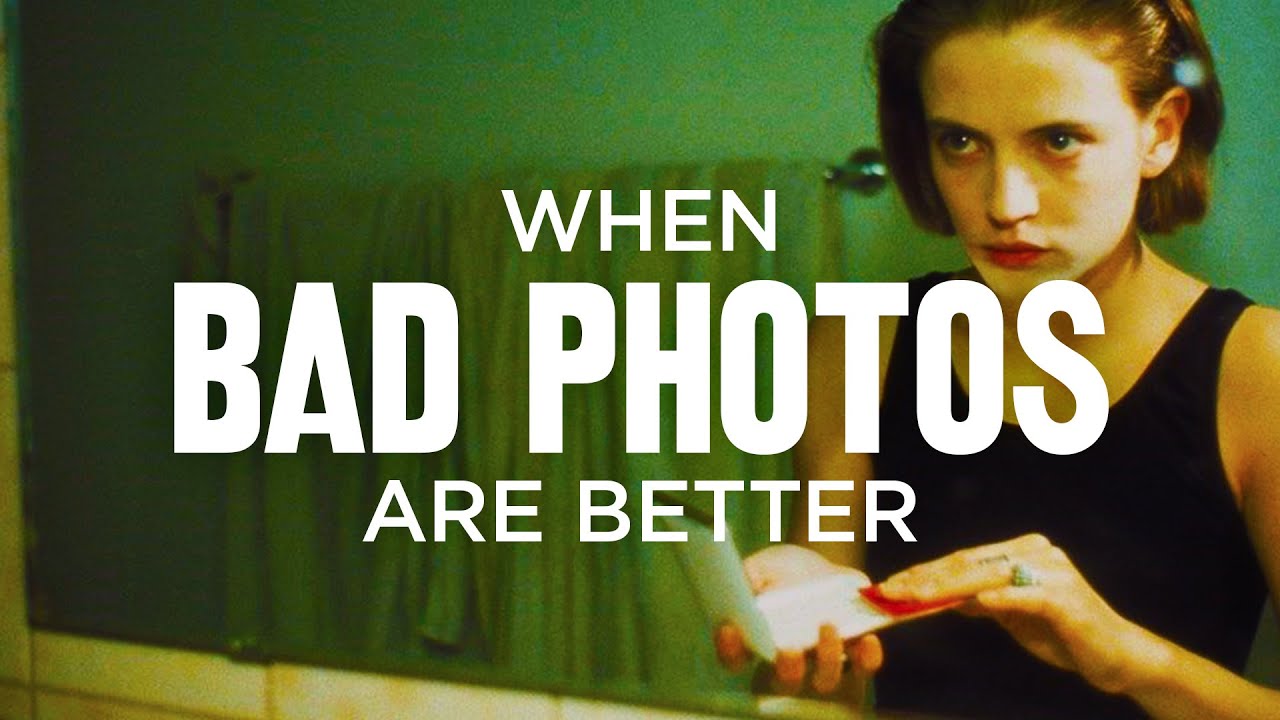Last Updated on 10/31/2019 by Mark Beckenbach
Ever notice how “bad photos” sometimes resonate with you more than technically flawless ones? Here’s a really great and detailed answer from Jamie Windsor.
Ask London-based photographer Jamie Windsor who his all-time favorite photographer is, and there’s a big chance he’ll answer Nan Goldin. He explains his choice by detailing what it is about her work that draws him and commands his attention: the authenticity and emotional narratives brought about by imperfection. Yes, you’re reading it right. Imperfection is something that the digital world has largely amended, if not erased, with the latest and greatest of gear. But in the case of photographers like Nan Goldin, Jamie has found that “bad photos” often resonate with viewers because of a creative use of imperfections to convey a feeling or capture a moment from the photographer’s perspective.
“As I watched it, something struck me: lots of the shots are what many would describe as badly taken,” Jamie mused on the slideshow from the exhibit featuring The Ballad of Sexual Dependency, Nan’s most famous project. “They were slightly out of focus, or they broke basic rules of composition, or they contain motion blur because the shutter speed is slightly too slow.” However, this actually added something to the photos: “Unpolished intimacy,” as he nicely put it.
He also tied his observations about Goldin’s work into the works of other esteemed photographers like Todd Hido, Baud Postma, and Hiroshi Sugimoto. Their works are distinct from each other in terms of technique and emotional impact, but they all carry the common denominator of imperfection. He pointed out an interesting take on what else binds works like these together: the Japanese philosophy of wabi-sabi. Wabi-sabi is centered on the acceptance of three simple truths about transience and imperfection:
Nothing is permanent.
Nothing is finished.
Nothing is perfect.
Together, these three truths embody the idea that Imperfection = Individuality = Value. And thus, authenticity.
I don’t know about you, but Jamie’s entire explanation made so much sense to me. As someone who enjoys imperfect yet highly emotive images, I couldn’t help but nod and feel that he took the words straight out of my head. I finally have something to share with people that will help explain why I still shoot with an imperfect medium like film, or why certain technically flawed images resonate with me on a personal and emotional level. After all, that’s the kind of photography I want for my own work — I want to make images that make people feel.
Jamie also weighed in on the Dunning-Kruger Effect (and how photographers fall into this trap) on his YouTube channel, which you should check out and subscribe to if you want more insightful videos like this!
Screenshot image from the video


